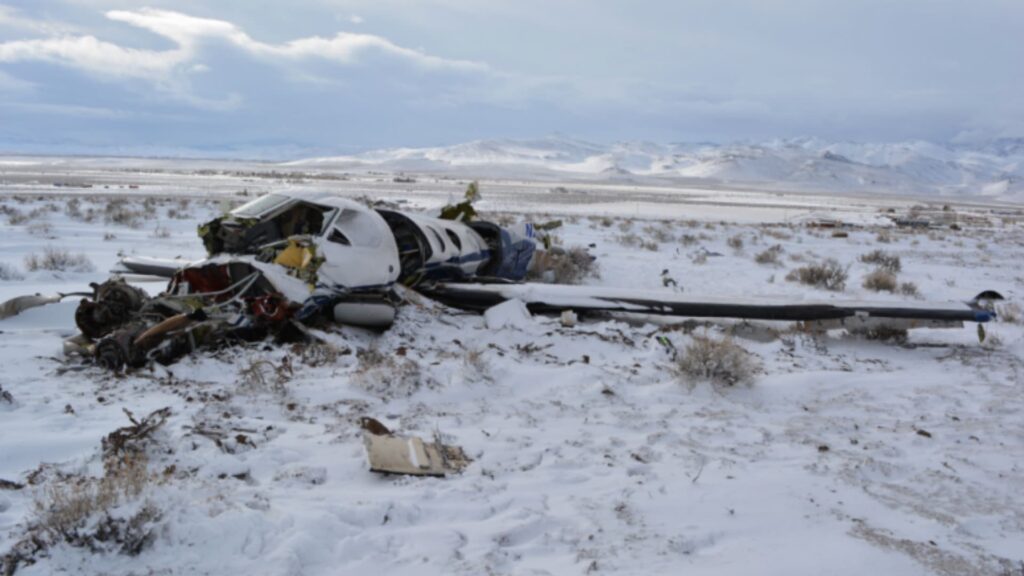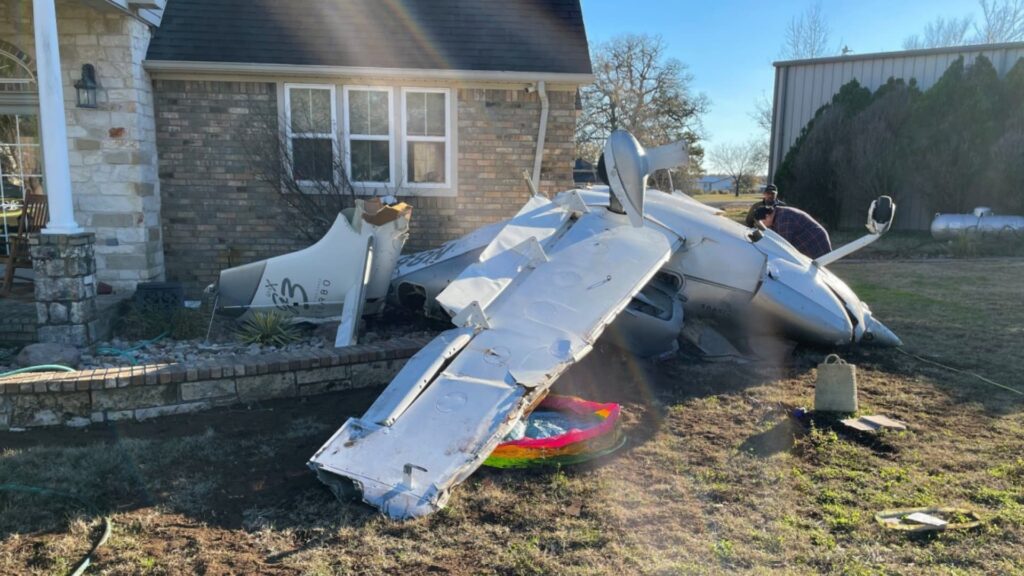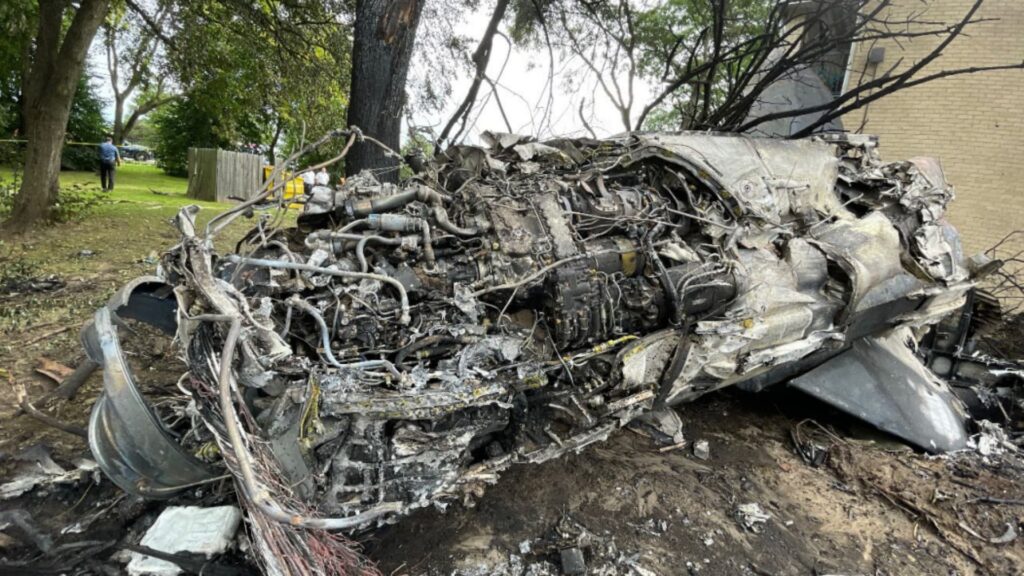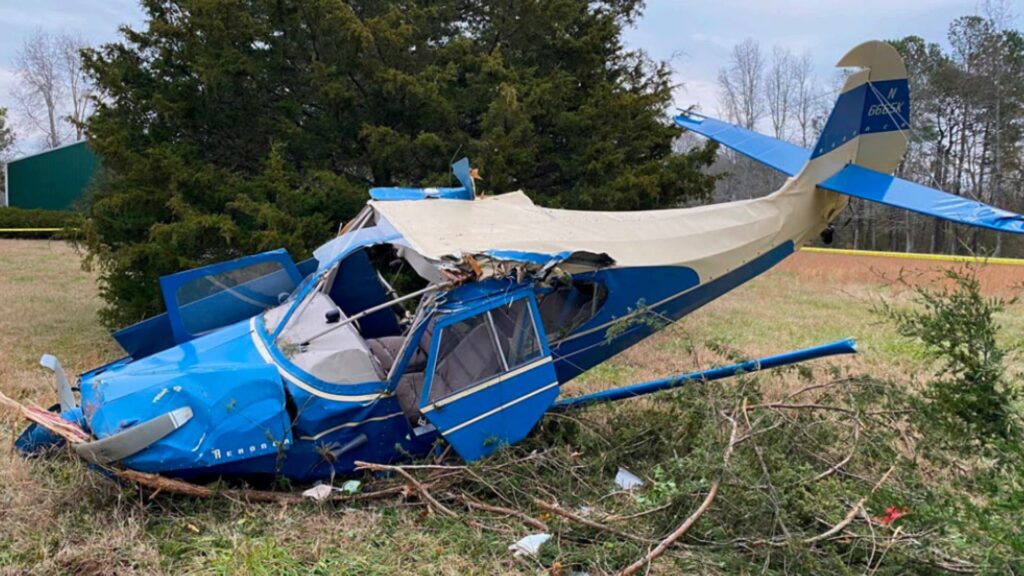A Routine Night Flight in Unforgiving Conditions
On February 24, 2023, a Guardian Flight Pilatus PC-12 lifted off from Reno-Tahoe International Airport just after 9 p.m., embarking on what was supposed to be a routine medical transport to Salt Lake City. On board were a seasoned 46-year-old pilot, a flight paramedic, a flight nurse, a patient, and a family member. All five lives were tragically lost when the aircraft broke apart midair near Stagecoach, Nevada.
This was no emergency flight—the patient was stable, the weather marginal, and the crew seemingly ready. Yet in just 14 minutes, things spiraled fatally out of control, both literally and figuratively.
The Pilot: Qualified but New to the Role
The pilot held commercial, instrument, and flight instructor ratings, with 2,136 total hours, including 94.9 in the PC-12. Though hired only five months prior as a float pilot, he had completed the required training and even requested extra shifts. However, his familiarity with the Reno area was limited. He had only worked a few shifts in nearby Nevada locations before this assignment.
Despite his credentials, his training record showed some early struggles with avionics and autopilot systems—areas directly implicated in this accident. Notably, his record included an unsuccessful attempt to complete airline training in 2021 due to difficulties with critical flight procedures.

Into the Storm: Weather and Warning Signs
The weather was ominous. Visibility at Reno was down to 1.75 miles with low clouds and snow. Earlier in the day, another PC-12 operator had declined a similar flight due to low visibility, icing, and turbulence. Even the pilot on shift before this one had refused to fly due to weather.
Yet Guardian Flight’s dispatch failed to inform the accident crew of these turndowns—a direct violation of their procedures. Also missing? A required preflight risk assessment. Despite all this, the flight was greenlit.
Autopilot Off, and Trouble On
Roughly 11 minutes after takeoff, at 18,300 feet, the autopilot disengaged for the second time. It would not come back on. Within minutes, the PC-12 veered from its flight path, climbed slightly, then entered a tightening descending right turn.
The descent rate skyrocketed from 1,800 to 13,000 feet per minute. The turn tightened. The plane broke apart in the air.
Investigators found no mechanical faults with the autopilot, engine, or flight controls. The crash was a classic “graveyard spiral”—a deadly spatial disorientation trap where the pilot believes the plane is level while it’s actually turning and descending.
The Brain Tumor Nobody Knew About
Autopsy results revealed the pilot had an undiagnosed 3 cm brain tumor in his right parietal lobe—a region essential for integrating visual and spatial information. Though it’s unclear if the tumor impaired him, its presence raises haunting questions. There were no prior signs or symptoms noted by family, and the pilot had passed his last FAA medical just eight months earlier.
The Inexperience Equation
This flight was a convergence of inexperience. The two clinicians were new—only recently cleared for full duty—and unfamiliar with the fixed-wing platform. The pilot, while experienced on paper, was new to the aircraft type, the weather challenges of the region, and the night IMC (instrument meteorological conditions) environment over mountainous terrain.
Interestingly, Guardian Flight had strict “green-on-green” restrictions for rotorcraft crews, preventing two inexperienced clinicians from working together. But fixed-wing operations had no such policy. And despite touting a “three to say go, one to say no” safety mantra, there was no system in place to ensure that newer crews exercised that option—or even had enough context to make an informed decision.
Organizational Oversight: A Systemic Shortfall
The NTSB didn’t just point to the pilot’s spatial disorientation and the autopilot disengagement. They also cited Guardian Flight’s lack of proper risk assessment and oversight. The operator had already experienced a fatal crash just 71 days prior, which similarly lacked a documented risk assessment.
Despite detailed procedures requiring a numerical risk rating for every flight and mandated consultations for higher-risk operations, Guardian Flight couldn’t produce a risk form for this flight—just like in the earlier fatality.

Final Descent: Lessons in Leadership and Limitations
This tragedy was more than a pilot error. It was the failure of a safety net—organizational, procedural, and cultural. The pilot was left to make a high-stakes decision without critical weather information, no documented risk assessment, and no institutional guidance. He was not from the base, unfamiliar with the terrain, and possibly neurologically compromised. His new crew, too green to raise concerns, relied on him to carry the weight of the decision.
It was a perfect storm: night, snow, mountains, a complex aircraft, autopilot failure, human illusions, and institutional complacency.
Aviation, at its heart, is a system. And when one piece slips, others must catch the fall. On that February night, nothing did.









4 Comments
This kind of “mishap” happens far too often. I commend the two crews that refused to fly that day and wish the pressure on the PC12 pilot had been tempered by the company disclosing that fact, but financial considerations all too often overshadow common sense and sound decision making. This was another case of the holes in Swiss cheese aligning to end in a fatal accident. I am 69 years old, hold commercial certificate SEL/SES,(no medical) Former CFI, CFIAI, BGI, IGI, AGI ratings, 2000 hrs TT, 1000 as CFI, 100 Actual instrument with 900 simulated (hood), high performance, tailwheel, and complex sign-offs. Retired ATC after 25 years working at ZMA (Miami ARTCC), ZDC (Washington ARTCC), IAD (tower and approach), ATCSCC in DC, TMC (Traffic Management Coordinator) at all facilities. Over 120 hours in jump seat of numerous aircraft types from SD33/36, ATR42 to B727,B737(models 200/300/400/500/800), B747, B757, B767, A310/A320/A321, A300, DC10/MD11, DC9/MD80/88/89, L1011, and others as well as a few helicopter types. I have flown over 50 different single engine A/C types. You are by far the best analyzer of incidents and accidents that I have ever read.
Hoover, another excellent Debrief! The professional, thorough, and empathetic analysis is clearly transferred with you eloquent compositions. Thank you.
I had a classmate (Joe Calderon, USAFA 84) that was 63 years old and he flew with United Airlines. I saw him at our 40th year reunion and he looked fine, healthy, and strong. He trained folks in mixed martial arts and karate. He was dead about 5 months later. He found out he had stage 4 cancer just after the reunion. Many of us were surprised and we thought that his FAA physical might have caught it in the past. How thorough is the FAA physical? Who did the autopsy for this pilot?
Hoover,
Great reporting. I suggest you consider reporting on two events: 1) N87297 Multi-engine of which I was a partner cash in California and 2) N2242Z Saratoga ditching in the Long Island Sound this month.
Keep up the good works.
Thomas Banks